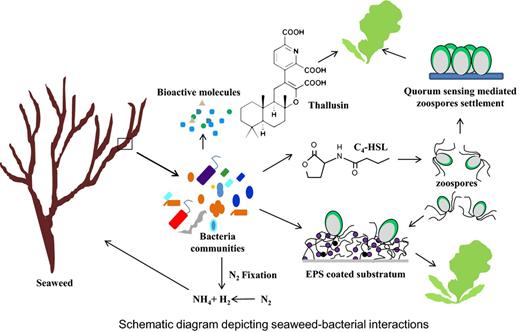- Joined
- Jun 26, 2020
- Messages
- 2,072
- Reaction score
- 2,056
I'm working on designing a macroalgae quarantine protocol. Can I get some feedback on this? The goal is to get rid of common fish parasites/diseases: ich, velvet, brooklynella, flukes, uronema, internal parasites, and turbellarians, as well as hydroids in non-fish. Information is taken from Humble.Fish (Humblefish' website!) as well as seahorse.org
- Acquire macroalgae, situate in small tank/bucket/water holding container (5-10 gallons).
- Do a 100% water change every 48 hours for 14 days (total 7 water changes). Replacement water should contain metronidazole at 250 mg/10 gallons, and ideally should come from a nutrient heavy tank (ex. water change water from a system free of the above parasites). This should hopefully get rid of Uronema
- Dose fenbendazole
- Leave the macroalgae alone until the macroalgae has been isolated for a period of 77 days total. Do water changes when necessary to keep it healthy and growing, but don't add fish or anything else. This should get rid of everything else.
















